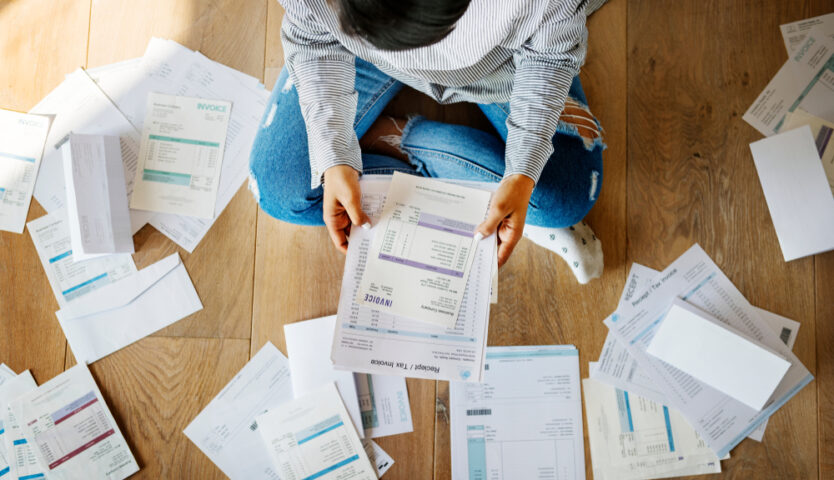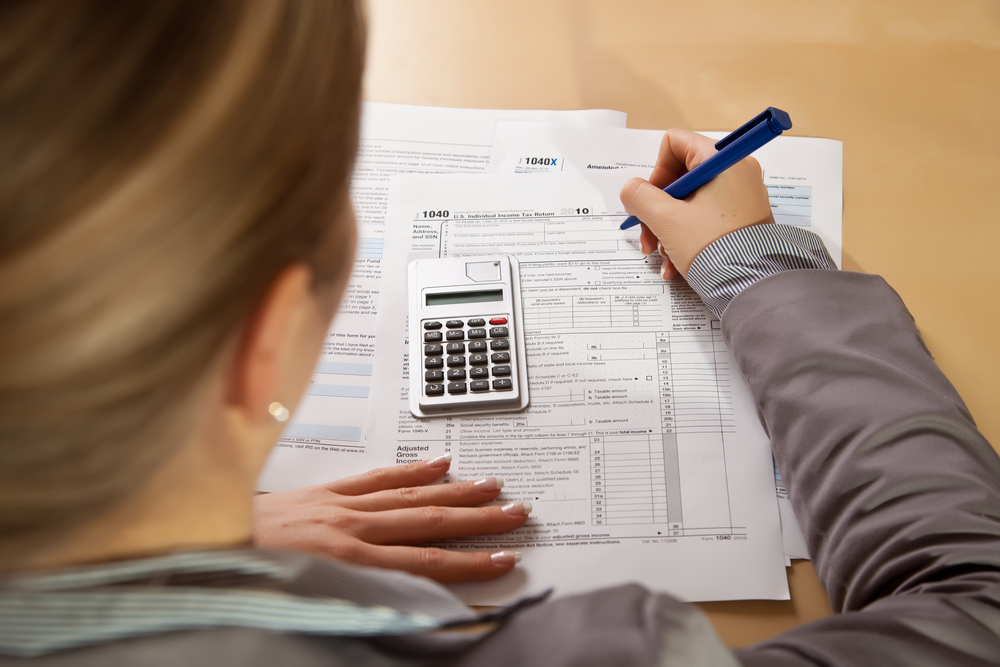
The COVID-19 pandemic certainly threw the way we work into a tailspin as more and more employees found themselves working from home.
Thankfully, many individuals were able to take advantage of this situation and continue working in a safe environment.
However, this massive shift will change the way in which 2020 taxes will be filed this year. Mainly, individuals are now eligible to claim home office expenses if they were able to work from home.
If you are one of these people, you are probably wondering what exactly you need to provide to the CRA to make this happen.
Depending on the way in which you choose to file your work-from-home taxes, you may be required to hang on to receipts related to home office expenses and purchases.
Before you start digging around for crumpled up receipts, here’s some information on who is eligible for home office expense claims and what claims you are eligible for:
Am I Eligible to Claim Home Office Expenses?
If you worked from home because of the pandemic more than 50% of the time over a period of at least four consecutive weeks, you can claim home office expenses.
However, if you were reimbursed by your employer for any home office expenses, these cannot be claimed.
For example, if your employer paid for your computer, desk and chair, these purchases cannot be claimed on your taxes.
Any purchases out of your pocket, as well as the space in your home you use to work, can be claimed on your 2020 taxes.
In order to make these claims, there are two methods of filing you can choose from:
Two Simple Ways to File Your Taxes

Previous to the pandemic, those who worked from home had to calculate their expenses and home office space in order to claim deductions on their taxes.
Thankfully, the CRA has introduced a simplified method for those who had to work from home during 2020.
Keep reading to find out the methods available for home office claims to determine which best suits your situation:
Temporary Flat-Rate Method
For the 2020 tax year, the CRA has introduced a temporary flat-rate method to streamline the way in which you claim your work-from-home expenses.
The flat rate is $2 for each day you worked at home because of the pandemic (from March 2020 to December 2020) to a maximum of $400.
These days can be either full-time or part-time days and do not have to be consecutive – although vacation days, sick days and days off do not count in your calculations.
If you choose the temporary flat-rate method, you simply need to claim the amount and submit the T777S form (statement of employment expenses).
You also do not have to keep receipts, calculate the workspace allotment in your home or have any forms signed by your employer.
However, you cannot claim any other employment expenses. So, if you feel your expenses will amount to more than $400, you can go with the detailed method of filing your 2020 taxes.
Detailed Method
This is a more involved process but necessary if you feel you are entitled to more than $400 in work-from-home expense deductibles.
When you choose the detailed method, you have to fill out the T777S and have form T2200S signed by your employer.
You will also need to keep all of your receipts as well as calculate the percentage of your home used for work. This means figuring out the square footage of your office space and dividing it by the square footage of your home.
When you figure out the percentage, you will use that number to determine how much of your rent, utilities, etc. you can claim.
As an employee, you are eligible to claim a portion of your hydro, rent, heat, internet and cell phone minutes. If you work on commission, you can claim a percentage of your home insurance and property taxes. As a self-employed individual, you can claim your mortgage interest, mortgage payments, internet, furniture and capital expenses.
Not sure what you can claim? Get in touch with one of our expert accountants to discuss what deductions you are eligible for and what information you will need to submit to the CRA.
How to Keep Track of Your Receipts
With the detailed method of claiming your home office expenses, you may be required to produce receipts for purchases and services that you have paid for – especially if you end up facing an audit.
Luckily, you are probably not going to be faced with piles of receipts that need to be organized as you would if you owned your own business.
However, instead of shoving these slips of paper in a random drawer, here are some ways that you can keep track of your receipts for your home office expenses:
- Make notes on your receipts. To keep your receipts organized, make a note on them to indicate whether they are for supplies or if they need to be calculated by percentage.
- Go paperless. There are many apps and programs out there that will help you input and organize your receipts electronically. You can also take a picture of your receipt on your phone and keep track of it that way.
- Establish a holding station for your receipts. When you bring a receipt home, you’re probably going to toss it aside and deal with it later. Grab a jar or envelope as a holding station for your receipts until you get around to organizing them.
You can also create a Google Spreadsheet to track your expenses month to month. That way, when it’s time to file your taxes, you have all of the amounts available and can compare your receipts to what you spent.
Ready to File Your Taxes?
If you’re new to filing taxes as a work-from-home employee, the process can be a little confusing.
Let our team of accountants guide you through your 2020 taxes! We are ready and happy to help you get the most out of your tax return.